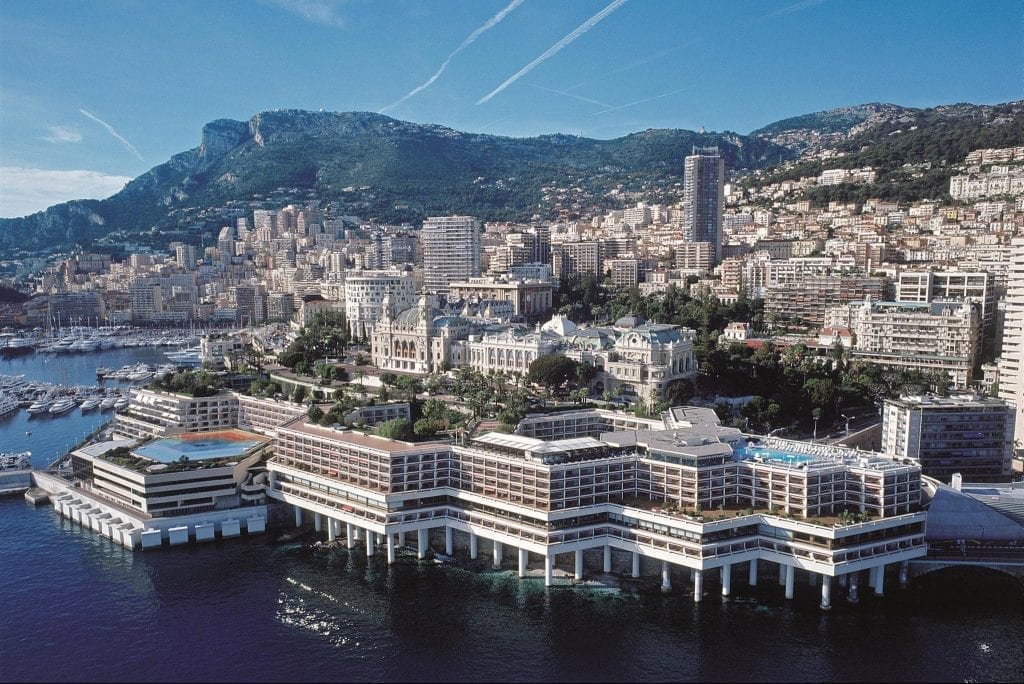Does promoting sustainability work as a tourism marketing strategy?
Two European destinations are banking on branding green as a way to attract more high-spending visitors., hoping to break down perceptions that sustainability is a marketing gimmick.
For the past 10 years, the Slovenian Tourist Board has been all in on green tourism as a development and marketing opportunity.
“Our transformation from a nice country in the heart of Europe to the world’s first green destination did not happen overnight. It was the consequence of a strategic set of decisions and systematic work that began about 10 years ago,” said Maja Pak, director of the tourist board.
The change started with the introduction of “I Feel Slovenia” as the country’s brand slogan, followed by the Green Scheme of Slovenian Tourism (GSST), a “game-changing national program” for assessing and improving the sustainability of destinations and tourism providers.
“In part, it’s a certification program giving destinations and providers a complete tool for the assessment of their sustainability,” Pak said.
So far, the country has green labels for accommodations, parks, and travel agencies.
The next step was developing a tourism strategy aligning with the Green Scheme. “In our Strategy of Sustainable Growth of Sustainable Tourism 2017-2021, we define the vision of Slovenia as a green boutique destination for five-star experiences,” said Pak.
Part of the aim is to move travelers beyond the increasingly-crowded capital of Ljubljana to rural destinations, from the Alpine peaks to the Adriatic, and through the green forests, the vineyards, or the Pannonian plains.
The focus on the environment seems to be paying off. Slovenia has been recording two-digit growth rates for the past four years, well above global and European averages, according to Pak.
Plus, there is growing buy-in from stakeholders. “I believe that the key to success so far has been our ability to show our destinations and providers the value of a comprehensive system in which marketing and development of sustainable practices are strongly interconnected,” she said.
Meantime, in Monaco, “Green is the New Glam,” at least according to a tourism marketing campaign designed by the Monaco Government Tourist Office. The campaign aligns with the government’s goal to make the tiny principality carbon neutral by 2050. Many of the initial efforts to do so are being seen in the tourism industry.
About 355,000 visitors come to the country each year, representing 6.2 percent of GDP. To accommodate them in a sustainable way, Monaco has added bike stations, a solar-powered bus boat and a dozen hybrid buses to shuttle visitors around. The convention center has been designed with all the eco-friendly bells and whistles. The hydro-powered Grimaldi Forum even has a dedicated green team to help reduce the carbon footprint of meetings.
Hotels are also doing their bit. The government is funding a program providing hoteliers with a Smart Box that monitors electricity consumption. The Fairmont Monte Carlo uses four underground heat pumps to power its central heating and air conditioning system – a renewable energy source which draws heat from the seawater. Both the Monte-Carlo Bay and the Monte-Carlo Beach hotels have earned Green Globe certifications in recognition of their efforts towards sustainability.
The “Green is the New Glam” tourism marketing campaign builds on these measures as a way to attract visitors. The campaign is one of the first national efforts actively promoting a country’s environmental practices to luxury travelers.
“One of our jobs is to educate our visitors,” Cindy Hoddeson, director, North America for the Monaco Government Tourist Office said. “Our head office decided we should do a better job in communicating this [the green message], even though some people don’t find sustainability sexy. We want to show that there doesn’t have to be a compromise between luxury and sustainability.”
Are Monaco and Slovenia on the right track? “We know there’s a market out there that reacts favorably to green messaging,” said Bradley Cox, director of communications for Green Globe, an organization developing international standards for sustainable tourism.
“Sustainability is a decision-making factor in travel – it’s in the mix. We don’t pretend green is the main reason people choose a destination, but given the choice, most will opt for green.”
For Pak, responsible tourism practices are a must, but they shouldn’t just be a gimmick.
“Sustainability has to be the way you work, and not to be used only for a specific niche market. It has to be something that you believe in, and it has to be a part of your story,” she said.
Subscribe to Skift Pro to get unlimited access to stories like these
{{monthly_count}} of {{monthly_limit}} Free Stories Read
Subscribe NowAlready a member? Sign in here
Subscribe to Skift Pro to get unlimited access to stories like these
Your story count resets on {{monthly_reset}}
Already a member? Sign in here
Subscribe to Skift Pro to get unlimited access to stories like these
Already a member? Sign in here
